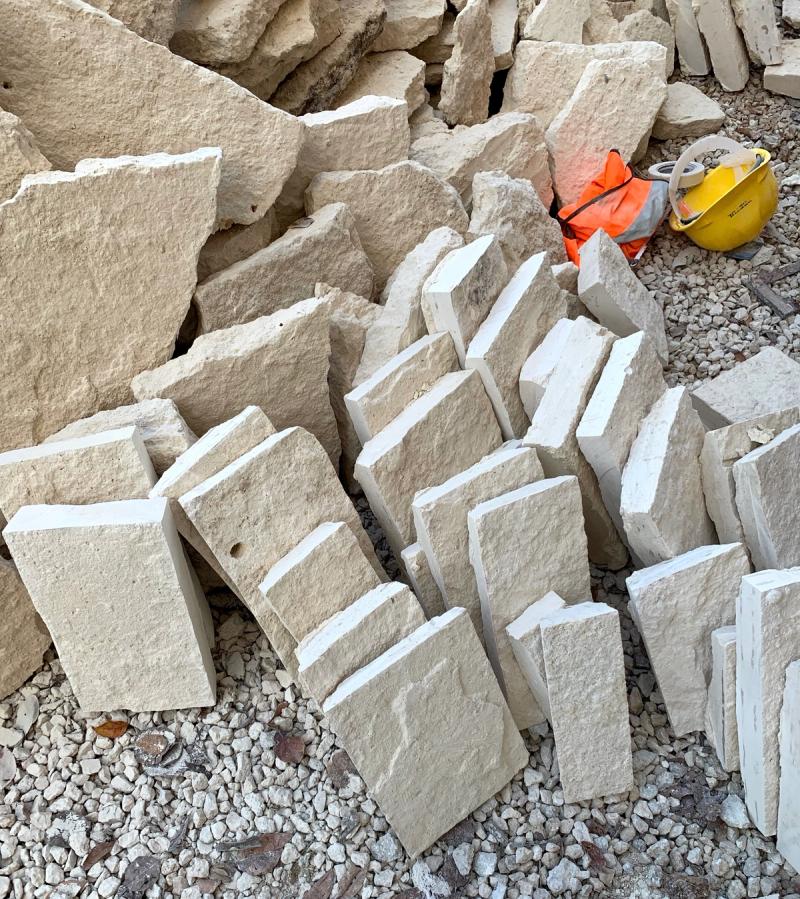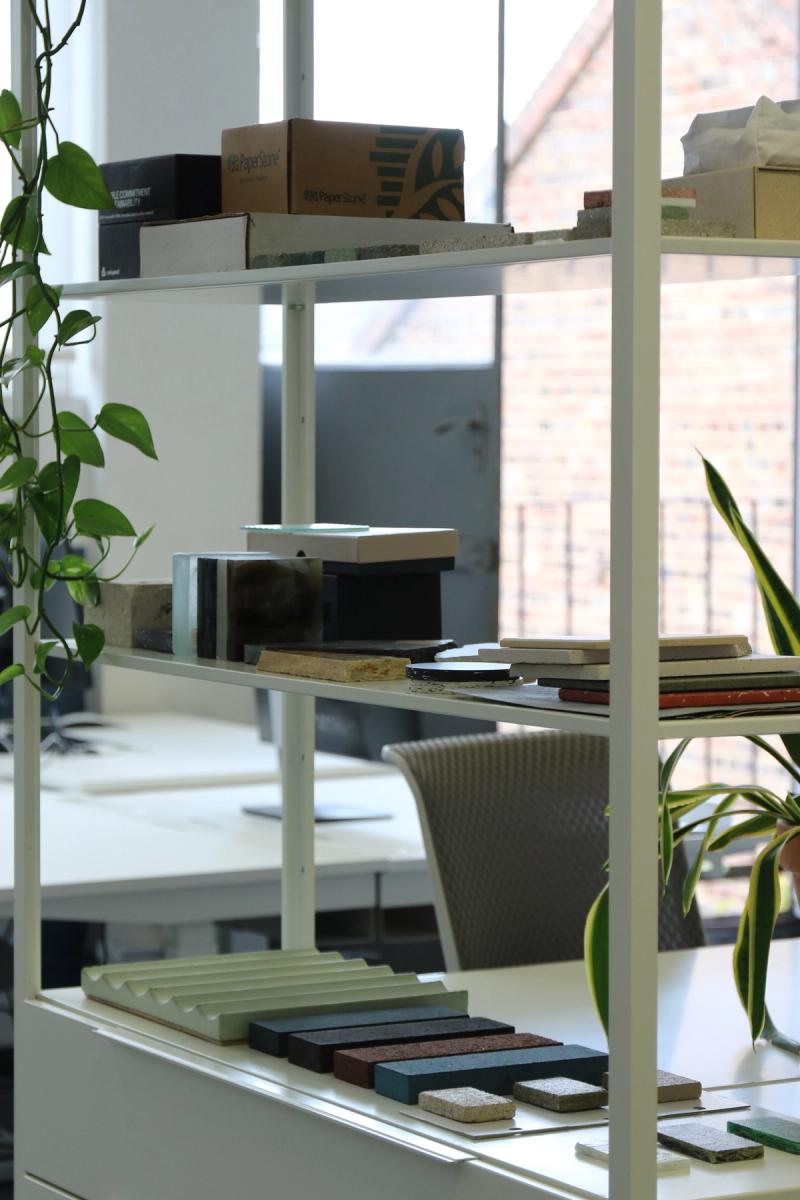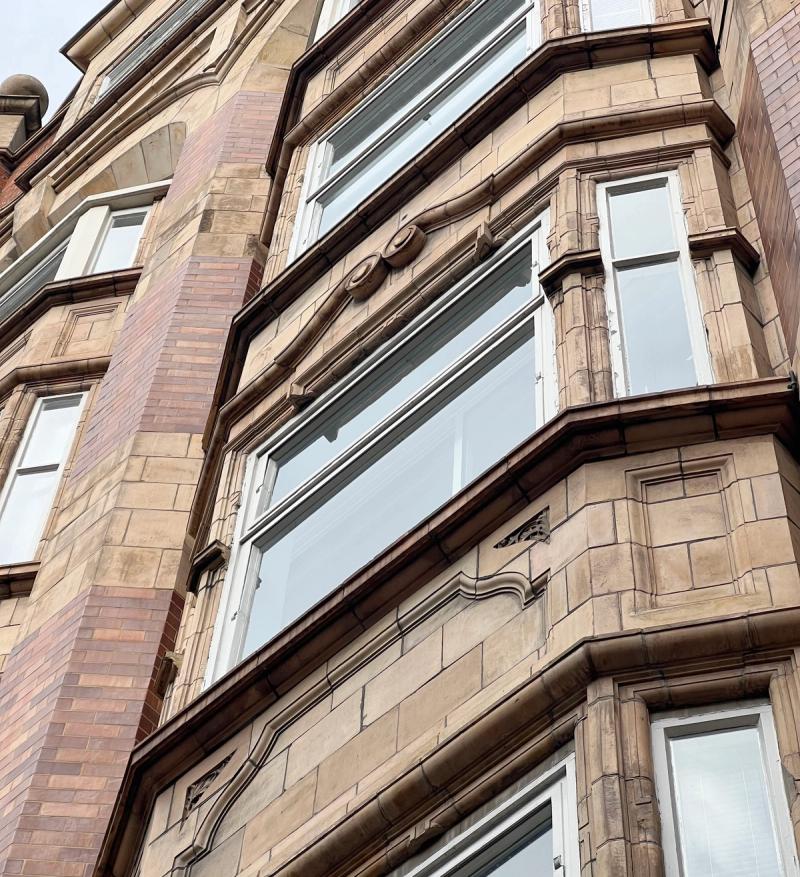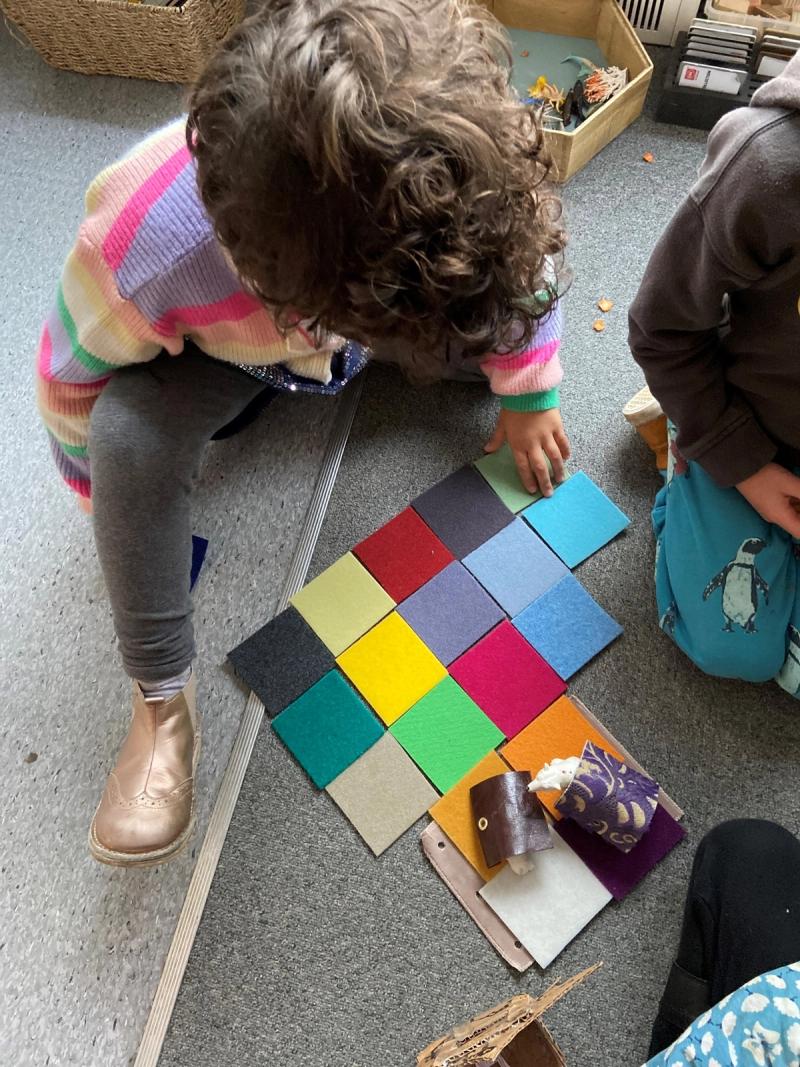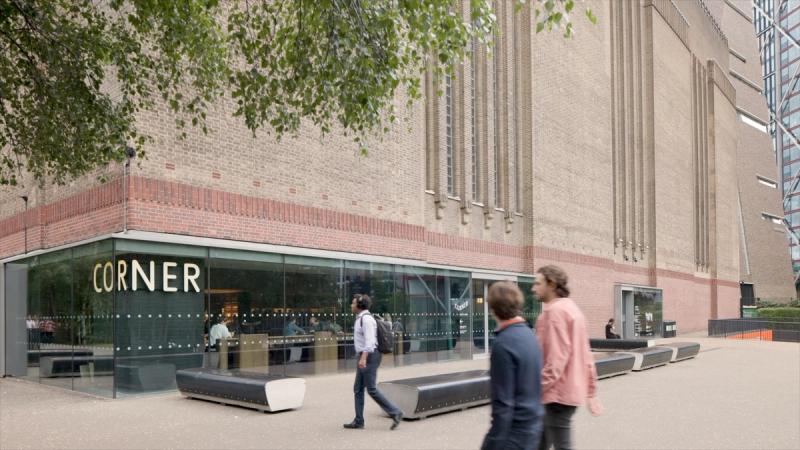Waste – an inevitability of our industry. Reducing construction waste on site is critical for sustainable building practices and requires effective strategies to minimise its impact. At Holland Harvey, we are committed to reducing our waste through various initiatives. It starts with a comprehensive waste management plan that outlines waste reduction goals, material recycling strategies, and proper disposal methods. The client team must be aligned from the outset, as this process is most successful when all stakeholders have a shared mission.
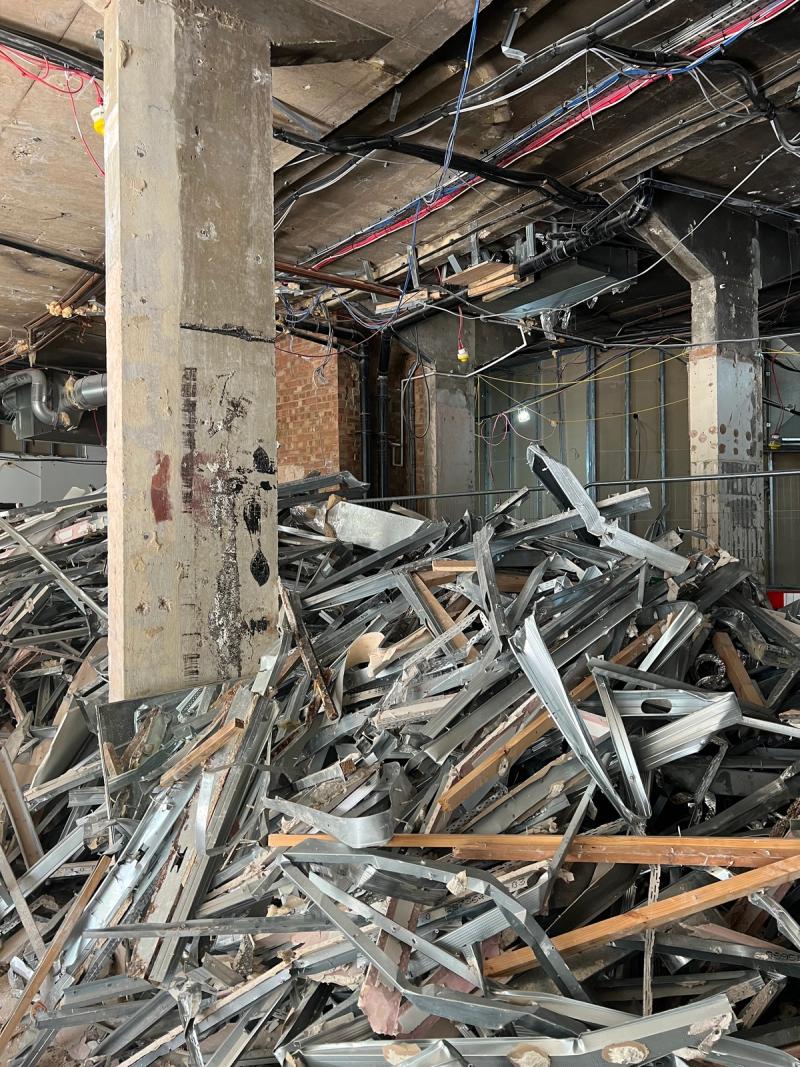
Waste on Site © Holland Harvey
Harvesting Materials
During strip-out, items in usable condition, such as sanitaryware and furniture, can be donated to the third sector through online marketplaces such as Globechain - the ESG Reuse Marketplace, which supports community initiatives while reducing waste.
Valuable materials such as timber and stone can be harvested from the site. We work with the social enterprise RAW, whose workforce comprises individuals with challenging backgrounds, such as ex-offenders. They remove material to be upcycled in their workshop into joinery for other projects, giving valuable goods a second life. Everything else can be carefully sorted and recycled, diverting waste from landfills, and promoting a circular economy.

RAW van on site © RAW Workshop
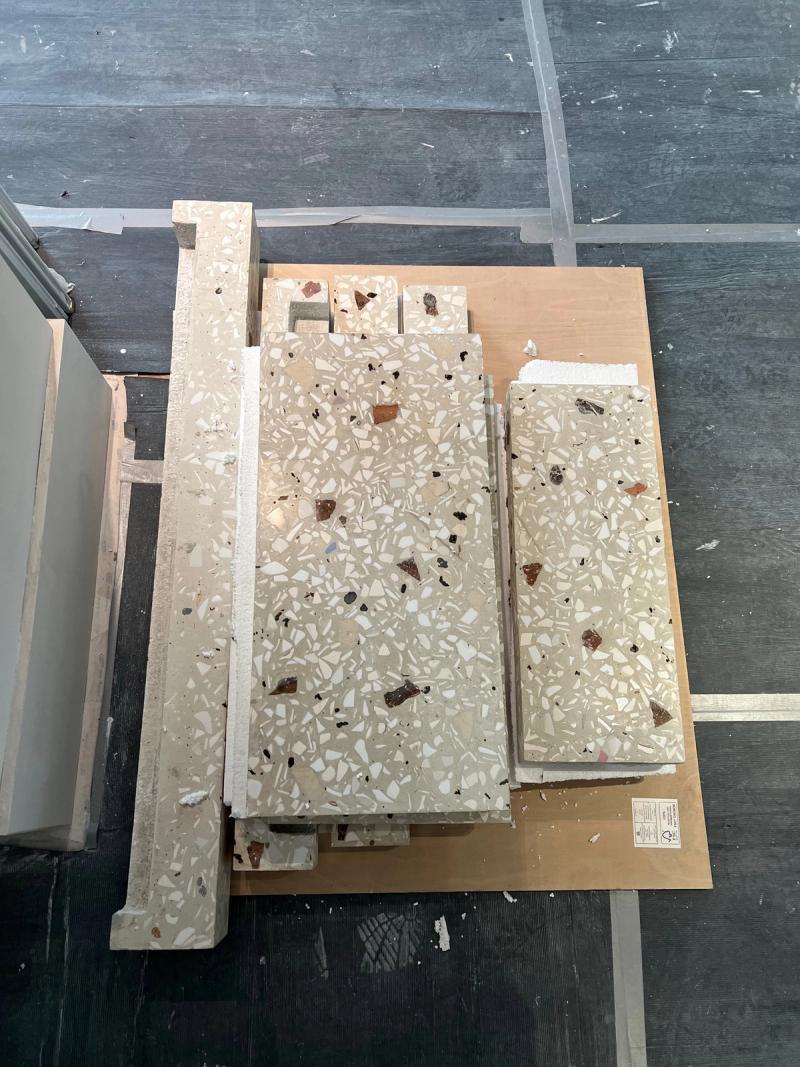
Granby Rock © Holland Harvey
Redirecting Waste
Another example is at Inhabit Queen’s Gardens, where the award-winning Granby Workshop repurposed masonry construction waste as terrazzo to make a feature fireplace in the reception. Similarly, at Corner at Tate Modern, waste coffee grounds from the gallery’s roastery have been turned into elegant tabletops by Spared.
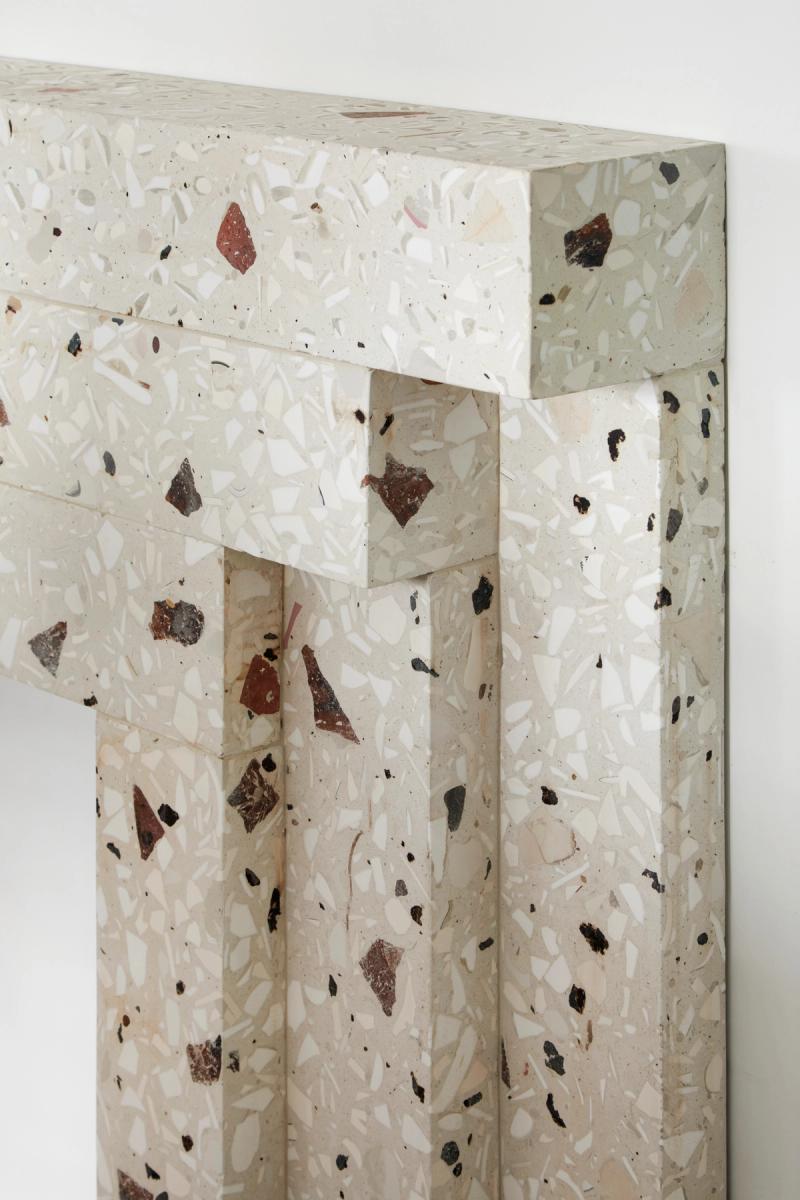
Terrazzo fireplace at Inhabit Queen's Gardens © Jack Hobhouse
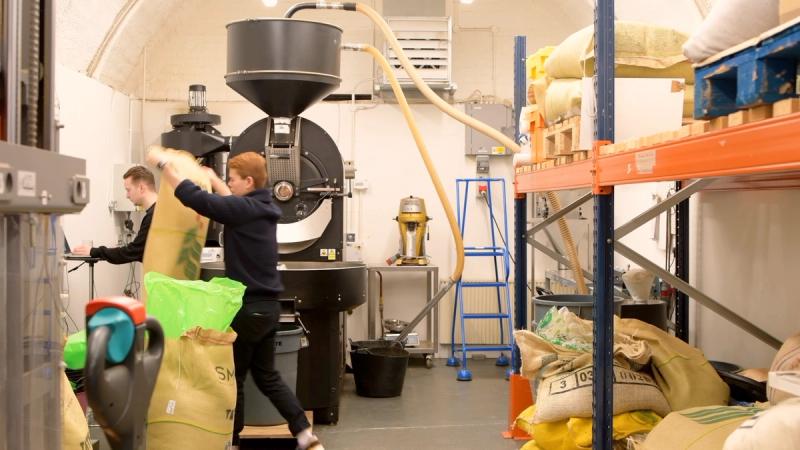
Spared Video © Jim Stephenson
Recycled Materials
We also look to find innovative recycled materials. For instance, at Cornerstone, we specified recycled paper as a solid surface called Richlite to form the centrepiece kitchen of a Michelin-starred restaurant in Hackney Wick. Similarly, at Inhabit, we chose Ege carpets for the corridors, made from recycled PET bottles and fishing nets, and Cradle to Cradle Certified tiles by Mosa, containing 45% recycled content.

Bar at Cornerstone © Ed Reeves
Designing Efficiently
Avoiding and minimising waste can be achieved by designing for material efficiency, using standard-sized materials and modular construction techniques to reduce offcuts and ensure optimal material usage. Prefabricated components manufactured off-site also help reduce waste by being precision-made and reducing errors.
Collaboration with suppliers is key; purchasing materials with minimal packaging, buying in bulk, and encouraging suppliers to take back unused materials and packaging can significantly reduce waste. Just-in-time delivery scheduling further minimises the risk of damage and deterioration from prolonged on-site storage.
Our studio organises regular continuing professional development sessions on the subject to ensure our team understands the importance of waste reduction. We’re always interested in learning about new people and planet-friendly materials. By integrating these strategies, designers can significantly reduce construction waste, promoting sustainability and cost-efficiency.

Bathroom Suite at Inhabit Queen's Gardens © Jack Hobhouse




